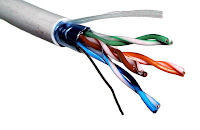This week we had an enjoyable week, we continued our studies on Microsoft Office. So, this week we studied about Microsoft Office Power Point.
Actually, in my hometown I learnt about Power Point. When I was in my high-school, I learnt about it. Before my lectures, I knew that Power Point is mostly used to do presentations, it is the most popular and useful program all around the world. Even, me always doing all my presentations and project showing with this program, it is very optional and simple in use.
However, this week I learnt more about it, we passed every function properly and step by step. I revised and learnt more on how to applying the theme and doing the simplest things to present, such as; inserting the images, changing the styles and layouts, putting the screenshots, transitions, animations and all useful commands to do the presentation.
Nowadays we use Microsoft Office Power Point 2010, the latest and more modified type of the Power Points. That is why; we passed all things by using this edition.
I was very satisfied with myself and with this week’s topic, because I revised everything that I passed in past. Moreover, I learnt things that I didn't know previously, such as Smart Art functions, saving the presentation in video format (.avi, .flv and etc.).
Finally, in our tutorial class we did in-class activity, such a quiz. We have been given with requirements sheet by our lecturer. We had to successfully finish the all required things in limited time. I did a very good presentation about my hometown.
Overall, this week was very good and quite cognitive, as I revised a lot of things.























